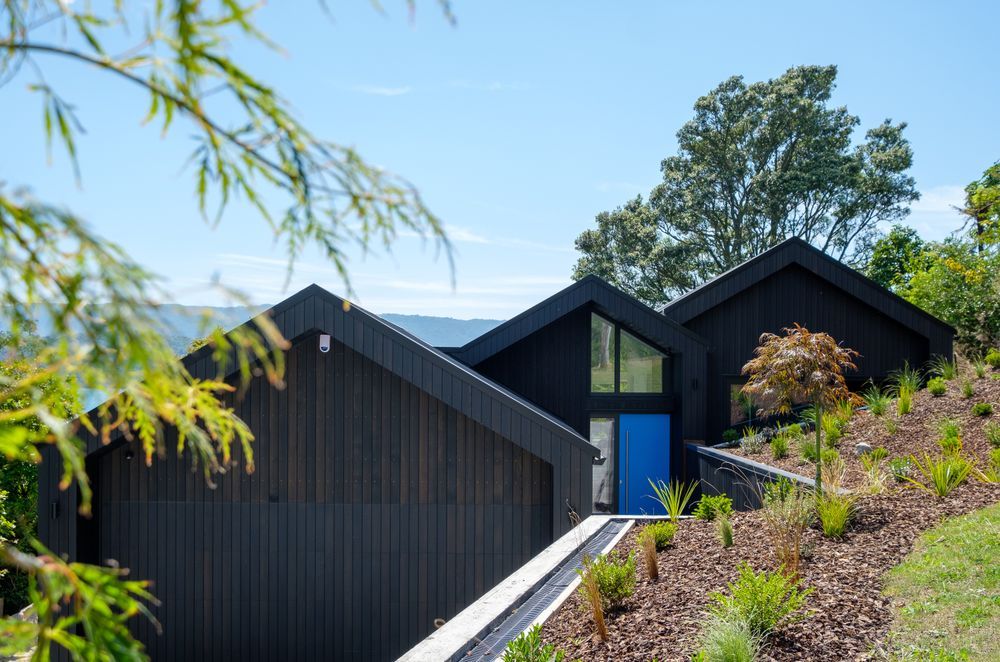Passive houses are designed to be ultra-energy efficient, reducing the need for artificial heating and cooling. However, they still require some energy for operations like lighting and appliances. This is where renewable energy comes into play. By integrating renewable energy sources, passive homes can become even more sustainable and energy-efficient.
Before we delve into how to incorporate renewable energy into passive homes, it’s essential to understand what a passive house is. A passive house is a rigorous, voluntary standard for energy efficiency in a building, which reduces the building’s ecological footprint.
Incorporating Solar Energy
One of the most common ways of integrating renewable energy into passive homes is through solar power. Solar panels can be installed on the roof or in the yard, and they convert sunlight into electricity. This electricity can then be used to power the home’s electrical systems and appliances.
Utilizing Wind Energy
Wind energy is another renewable energy source that can be integrated into passive homes. Small wind turbines can be installed on the property to generate electricity from the wind. This can be a particularly effective solution in areas where wind speeds are consistently high.
Benefits of Integrating Renewable Energy
Integrating renewable energy in passive homes not only reduces the home’s carbon footprint but also leads to significant cost savings over time. With the decreasing costs of renewable energy technologies, the initial investment can be recouped in a few years through reduced energy bills.
For more detailed information on passive house design, you can check out our guide on passive design for architects.
Getting Started
If you’re interested in integrating renewable energy into your passive home, you might want to start with a solar camera kit. This kit can give you a hands-on experience of how solar energy can be harnessed and used in a home.
It’s also important to dispel energy efficiency myths and understand the real benefits and limitations of renewable energy. With the right knowledge and tools, you can make your passive home even more energy-efficient and sustainable.






